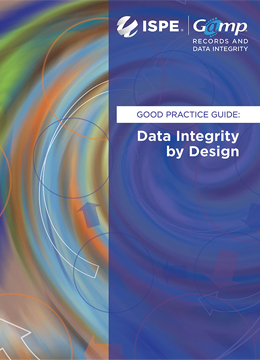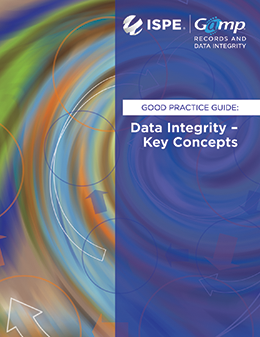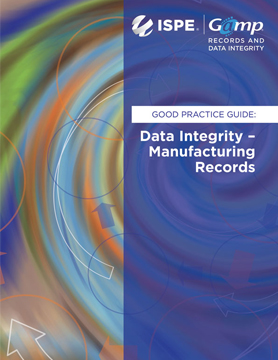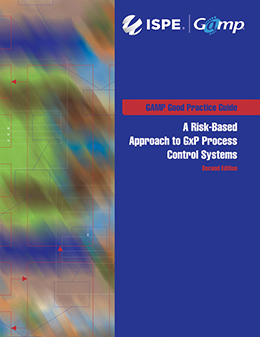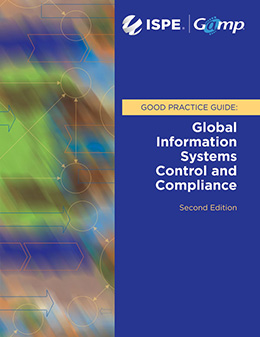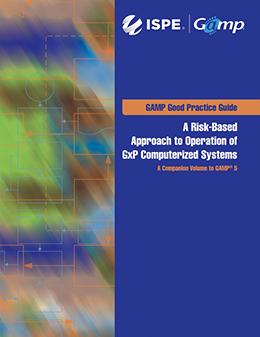ISPE GAMP® has led the way in computerized systems best practices for more than 30 years. GAMP brought us the concept of system lifecycles and leveraged the V-model to give us a structured approach to computerized systems validation (CSV). GAMP developed and adopted the risk-based approach to CSV, enabling industry to focus validation efforts on critical systems and functionality.


